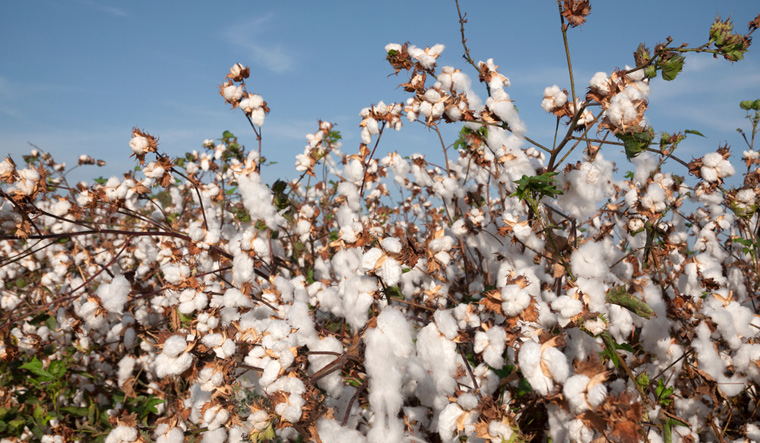Faced with choice overload, and without a reliable measure to understand what a 'good yield' means, Indian farmers tend to follow rich villages when making important agricultural decision, scientists say.
After the Indian government liberalised the economy in the 1990s, the government pulled back subsidies on fertilisers, pesticides, water and seeds.
Shops stocking a previously controlled market of public agricultural goods were suddenly flooded with new private brands.
"Consumer scientists call this 'choice overload.' When you step into a supermarket and there are 70 types of mustard to buy, it becomes a stressful situation and people no longer want to deal with making that decision," said Andrew Flachs, an environmental anthropologist at Purdue University in the US.
"When genetically modified seeds were first introduced, there were just three seeds. Now there are more than 1,200 and figuring out which particular seed to buy has become an incredibly difficult and confusing decision," Flachs said.
Genetically modified cottonseeds are now widely available, (which should, in theory, reduce pesticide use), but national yields have largely stagnated and use of pesticide sprays has increased over the last decade.
Telangana is a major cotton producer where most seeds are sown by small farmers. It is also where the peak of farmer suicides in the 1990s happened, which is one reason many thought introducing genetically modified seeds would be a good idea.
To figure out how farmers here decide which seeds to plant, Flachs conducted surveys while living in Indian villages from 2012 to 2018.
He talked to members of farming households about their experience with genetically modified cottonseeds and asked how they rationalised their purchasing choices in a seed market that's nearly bursting at the seams.
The findings, published in the journal American Anthropologist, shows that without help and expertise from government agencies, cotton farmers in Telangana rely on scripts: socially learned mental maps that reflect local rules, values and expectations.
Since 2008, many farmers in the region have planted one brand of seeds en masse, with some brands being planted by more than half the cotton farmers in the area.
Yet the following year, they abandon these seeds in favour of a new brand, justifying their choices in hopes of achieving "manci digubadi," or good yield. As a social scientist, Flachs saw this as a testable question.
Yields for the six most popular seeds during the study period were all within the normal range of variation for cotton as a whole, even as farmers repeatedly abandoned and adopted new seeds.
This suggests that farmers don't have a reliable measure for what constitutes a good yield, or at least that they can't reach their desired potential because of the inherent variability of external factors such as weather, water and pests.
"Using genetically modified seeds they see in flashy advertisements is their way of performing their modernity. It's something they see people doing in the rich villages," Flachs said.
"They're using technology to be as successful as they can so that they can help their families," he said.
That is at the core of how people are making these agricultural decisions. It does not have to do with yields, or economic payoff, or agronomy, he said.
"What's making and breaking Indian agriculture and GMOs in the developing world is people reckoning with being good farmers, good parents, good members of the community. It's entirely a social decision," Flachs said.
The best thing Indian policy-makers could do to help these farmers, Flachs said, is to slow down or regulate the influx of new seeds each season.
There needs to be a way to reduce anxiety and choice-overload associated with agricultural decisions.
"If we understand this as more of an existential question, then this isn't really about seeds at all. We need to improve the quality of life for Indian cotton farmers, whether that means better roads or more reliable irrigation, both of which are huge problems in India," Flachs said.
"Cotton agriculture has grown with the introduction of genetically modified seeds, and people have put a lot of money into growing them, which has created a lot of debt. This is a social problem about justice, not just an agricultural problem about crop pests," he said.










